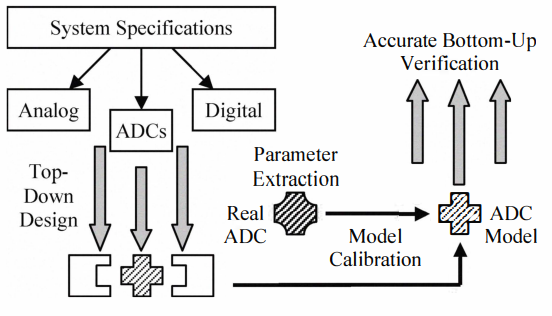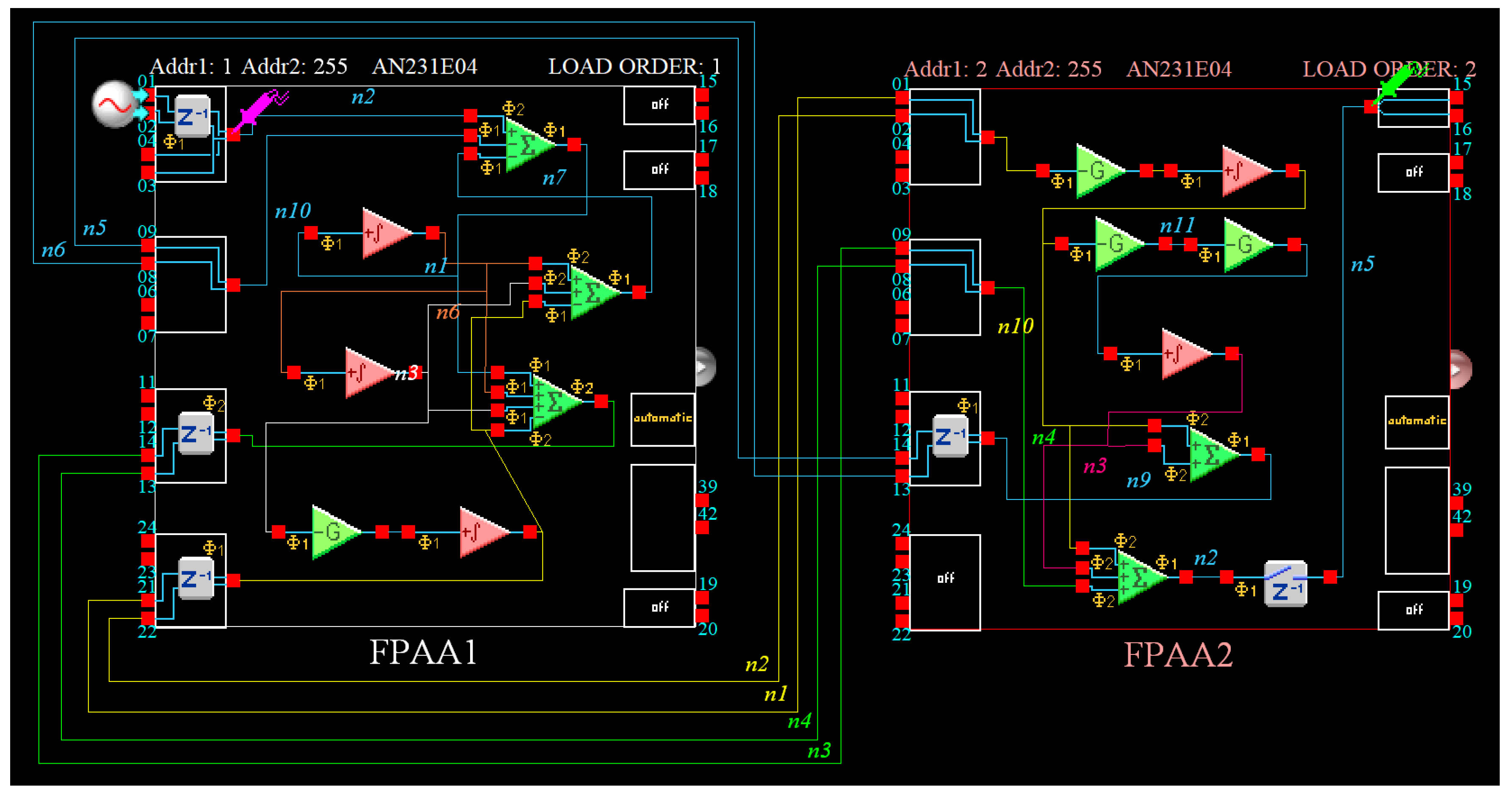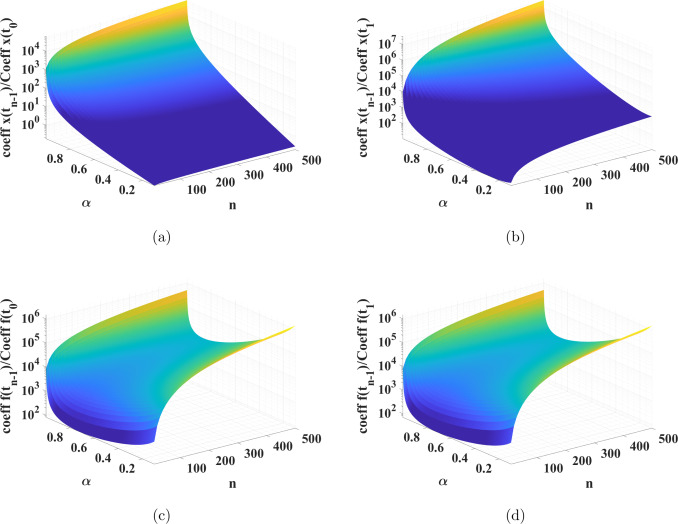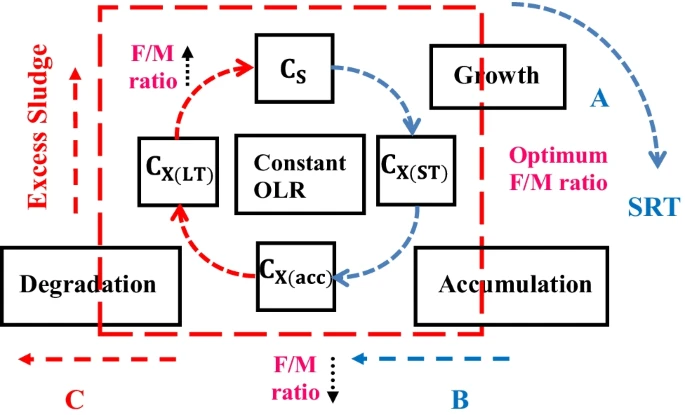Breadcrumb
Compact TSV modeling for low power application
[No abstract available]

Behavioral modeling of the static transfer function of ADCs using INL measurements
In this paper, we present a modeling approach for analog-to-digital converters (ADCs) based on modeling the static transfer function using integral nonlinearity (INL) measurements. The methodology relies on applying a Fast Fourier Transform (FFT) test to the output of a real ADC circuit and extracting the significant harmonics. These are used in a behavioral functional model to approximate the INL using a polynomial function. The resulting model is independent of the ADC type or structure, and is suitable for bottom-up system verification. We compare the performance of the new model with other

FPAA-based realization of filters with fractional laplace operators of different orders
A simple and direct procedure for implementing fractional-order filters with transfer functions that contain Laplace operators of different fractional orders is presented in this work. Based on a general fractional-order transfer function that describes fractional-order low-pass, high-pass, band-pass, band-stop and all-pass filters, the introduced concept deals with the consideration of this function as a whole, with its approximation being performed using a curve-fitting-based technique. Compared to the conventional procedure, where each fractional-order Laplace operator of the transfer
Equivalent lumped element models for various n-port through silicon vias networks
This paper proposes an equivalent lumped element model for various multi-TSV arrangements and introduces closed form expressions for the capacitive, resistive, and inductive coupling between those arrangements. The closed form expressions are in terms of physical dimensions and material properties and are driven based on the dimensional analysis method. The model's compactness and compatibility with SPICE simulators allows the electrical modeling of various TSV arrangements without the need for computationally expensive field-solvers and the fast investigation of a TSV impact on a 3-D circuit

On numerical approximations of fractional-order spiking neuron models
Fractional-order spiking neuron models can enrich model flexibility and dynamics due to the extra degrees of freedom. This paper aims to study the effects of applying four different numerical methods to two fractional-order spiking neuron models: the Fractional-order Leaky integrate-and-fire (FO-LIF) model and the Fractional-order Hodgkin–Huxley (FO-HH) model. Furthermore, some adjustments to these models are proposed, and the effect of reducing the memory size is investigated. We first propose a new realistic formulation for Fo-LIF model to better describe its functionality that is aligned
Fractional-Order and Power-Law Shelving Filters: Analysis and Design Examples
Low-pass and high-pass non-integer order shelving filter designs, which are suitable for acoustic applications, are presented in this work. A first design is based on a standard fractional-order bilinear transfer function, while a second one is based on the transposition of the integer-order transfer function into its power-law counterpart. Both transfer functions are approximated using the Oustaloup approximation tool, while the implementation in the case of the power-law filters is performed through the employment of the concept of driving-point impedance synthesis. An attractive benefit is
Discrete fractional-order Caputo method to overcome trapping in local optima: Manta Ray Foraging Optimizer as a case study
Enhancing the exploration and exploitation phases of the metaheuristic (MH) optimization algorithms is the key to avoiding local optima. The Manta ray foraging optimizer is a recently proposed MH optimizer. The MRFO showed a good performance in the simple optimization problems. However, it is trapped into the local optimum in the more elaborated ones due to the original algorithm's low capability in exploiting the optimal solutions and its convergence. From this principle, in this work, a novel variant of the Manta ray foraging optimizer has been proposed for global optimization problems
On Inverse Full State Hybrid Function Projective Synchronization For Continuous-time Chaotic Dynamical Systems with Arbitrary Dimensions
Referring to continuous-time chaotic dynamical systems, this paper investigates the inverse full state hybrid function projective synchronization (IFSHFPS) of non-identical systems characterized by different dimensions. By taking a master system of dimension n and a slave system of dimension m, the method enables each master system state to be synchronized with a linear combination of slave system states, where the scaling factor of the linear combination can be any arbitrary differentiable function. The approach, based on the Lyapunov stability theory and stability of linear continuous-time
Electronically Controlled Power-Law Filters Realizations
A generalized structure that is capable of implementing power-law filters derived from 1st and 2nd-order mother filter functions is presented in this work. This is achieved thanks to the employment of Operational Transconductance Amplifiers (OTAs) as active elements, because of the electronic tuning capability of their transconductance parameter. Appropriate design examples are provided and the performance of the introduced structure is evaluated through simulation results using the Cadence Integrated Circuits (IC) design suite and Metal Oxide Semiconductor (MOS) transistors models available

Modified fractional-order model for biomass degradation in an up-flow anaerobic sludge blanket reactor at Zenein Wastewater Treatment Plant
This paper presents a modified fractional-order model (FOM) for microorganism stimulation in an up-flow anaerobic sludge blanket (UASB) reactor treating low-strength wastewater. This study aimed to examine the famine period of methanogens due to biomass accumulation in the UASB reactor over long time periods at a constant organic loading rate (OLR). This modified model can investigate the substrate biodegradation in a UASB reactor while considering substrate diffusion into biological granules during the feast and famine periods of methanogens. The Grünwald-Letnikov numerical technique was used
Pagination
- Previous page ‹‹
- Page 60
- Next page ››
